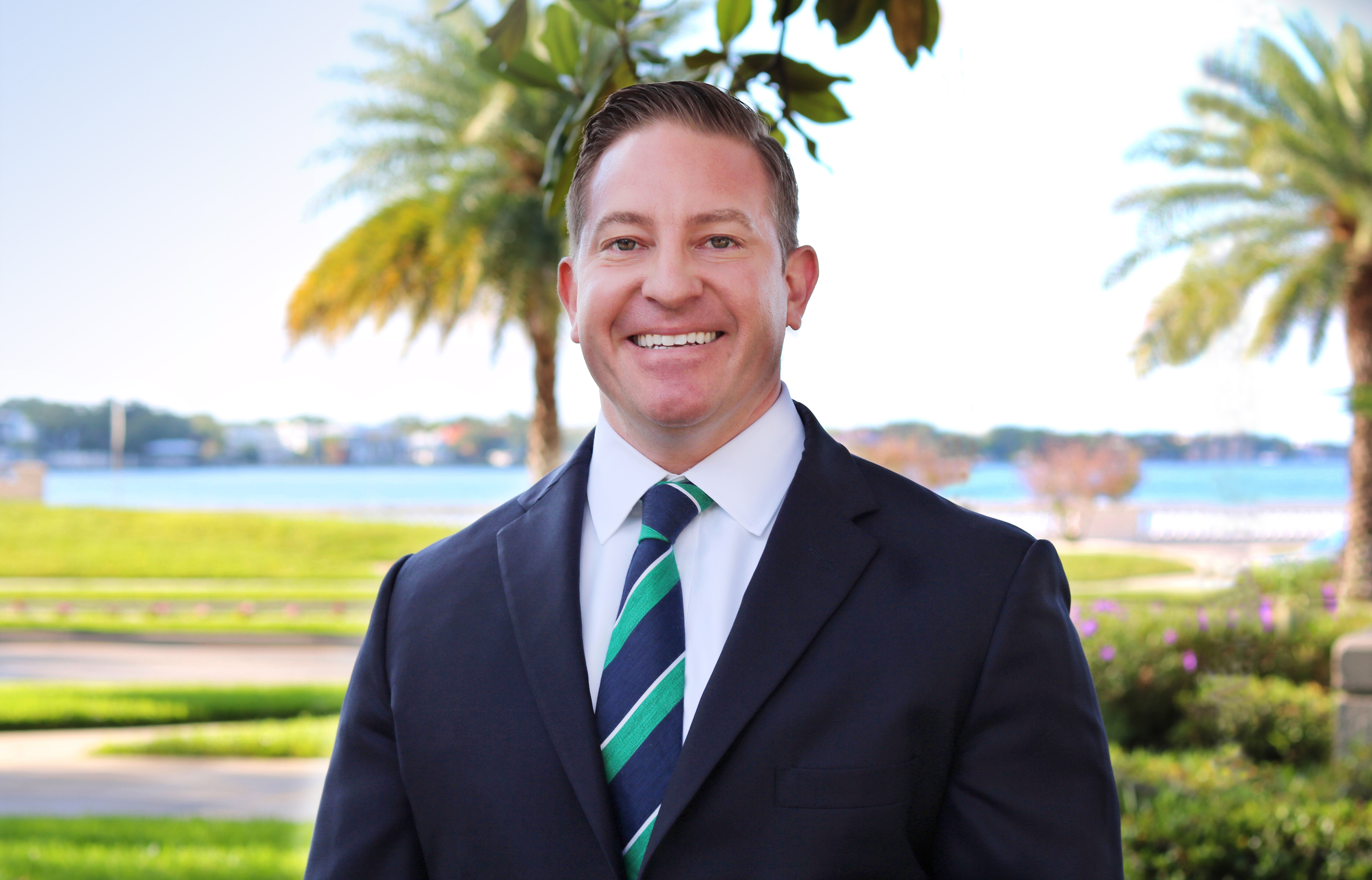Know
Affordable housing is a top interest for the new Pinellas market president for The Bank of Tampa

Owen LaFave, Pinellas County market president for The Bank of Tampa, fears that the county could face the same housing woes as Jackson Hole, Wyoming.
At times, hotels and restaurants in the popular ski destination will shut down because there aren’t enough workers. A high cost of living means relatively low-paid staffers can’t afford homes in the area.
“That’s a challenge that we’re going to face at some point in the future,” LaFave said in an interview with the St. Pete Catalyst. “We need to get ahead of it. We need to provide solutions proactively. We need to be creative.”
Affordable or attainable housing is a key priority for LaFave, an 18-year veteran of the local banking industry who was senior vice president and commercial real estate director at The Bank of Tampa before he was named Pinellas County market president a few weeks ago.
His civic interests reflect that priority. He serves on the board of Neighborhood Lending Partners Inc., a lending consortium of banks that offers flexible financing for affordable housing and small businesses, and is a past board chair at the organization. He’s also on the board of First Housing Inc., which mobilizes capital to finance multifamily housing in Florida and beyond.
The recently compiled equity profile of Pinellas County found that in several communities a large share of renter households spend more than 50 percent of income on rent.
“The reality of it is that we need to understand there is a very small amount of individuals or nonprofit organizations that have the capacity to deliver affordable housing at scale,” LaFave said. “Habitat for Humanity does a great job, but the reality is they don’t have the budget to provide anything at truly large scale.”
Creative solutions could include developer incentives.
“If they are putting their capital at risk, there needs to be some sort of return, whether it’s through land grants or land leases to reduce the cost to the developer,” LaFave said. “If it’s providing additional density, or if you are in an urban setting, maybe reduce the parking requirements so you can develop more units at a lesser cost per unit. Tax credits are huge.”
Commercial real estate is different in Pinellas County than in Hillsborough County, and in each of the county’s two urban centers.
“There’s more of a corporate presence in Tampa than here, although there’s a tremendous amount of growth in Pinellas County and specifically in downtown St. Pete,” LaFave said. “Over here, hospitality drives a lot of it. There’s been a tremendous amount of multifamily. The market is largely built out so you’re not seeing the industrial over here to the extent that you have in Hillsborough County, because you don’t have the land. I think we’re getting to the point where you will see some redevelopment in the industrial space.”
Some economists and industry experts worry that expansion and development will lead to a recession but with the exception of pockets of multifamily and self-storage development, LaFave doesn’t see any signs that the area is overbuilding.
“We’re still seeing a tremendous amount of population growth. People want to be here. People have continued to move here, so maybe we don’t see a pullback at all or maybe it’s not as severe as what the rest of the country may see,” LaFave said. “Of course, if people don’t have mobility and they can’t sell their houses up north, it’s going to impact their ability to come down here. Overall, I still see a lot of positive and upside in commercial real estate in both counties, and in Pinellas specifically.”
Over the past six years, LaFave built a $300 million commercial real estate portfolio at the Bank of Tampa and there’s an active pipeline. LaFave continues to wear both hats currently, but the bank is looking for a new commercial real estate director as LaFave takes on his Pinellas County role.
The Tampa-based bank, with $1.6 billion in total assets, entered the Pinellas County market seven years ago, and now has three offices, 30 employees and $150 million in assets in Pinellas.
“We’re seeing a tremendous amount of growth here. It’s something I personally saw and got excited about,” LaFave said.
Banking industry consolidation has reduced the number of banks nationally from 13,000 in 1984 to 7,000 currently, and left just 13 banks headquartered in the Tampa Bay.
“We’re the oldest and biggest [community] bank in town. We’re the big bank alternative,” LaFave said. “We’ve got the size and scale to be meaningful to our clients and provide them with all the banking services the big banks do, but do it in a more effective way.”
There’s a demand for a high-touch relationship-based banking in Pinellas, especially, which isn’t quite as “over-banked” as Hillsborough County, he said.
“We’re starting to build some name recognition that we haven’t had over here. In Hillsborough County, everyone knows our brand and value we’re bringing. We’re starting to build that here. And I think we’ve got a great team in place. It’s a perfect opportunity for me to add value and make a difference that I’ve done at other banks and other positions, and make the Pinellas County division of Bank of Tampa as successful as it’s been in Hillsborough.”
Bank of Tampa historically has focused on the professional executive sector – attorneys, CPAs, doctors and small business — and will continue to do so, but also sees opportunity in the light manufacturing industry around the Central Pinellas office at 10980 Belcher Rd. S.
“We have started to tap into that market, but I think we’ve got a lot more ability to help those companies grow and provide our level of banking,” LaFave said.
The bank also has offices in downtown St. Petersburg, at 200 Central Ave., and in Clearwater, at 900 South Fort Harrison. It most recently opened an office in Sarasota, and is looking to open a second office there as well.
“I think after our second office in Sarasota is open and stabilized and profitable we’ll turn our attention back to Pinellas County to look for another location or two,” LaFave said.
Like many banks, the Bank of Tampa has seen a 60 percent decline in branch office traffic in the last five years. A brick-and-mortar presence is not as important as it once was, but people still want to come into the bank, he said.
“That’s where we add value too. We don’t have a lot of turnover so when our clients come in for the most part we have the same people who know their business, know exactly what they want. It’s a great opportunity to hear what’s going on – both from their financial needs and what’s going on with them personally.”
LaFave plans to be visible in all the Pinellas County markets, although most of his time will be in the downtown St. Pete office. He plans to get involved with local civic groups where Bank of Tampa already is active.
“I’m hoping to add some value and be active in growing the market,” LaFave said.








Cynthia Allen
May 20, 2019at7:19 pm
We need affordable housing for senior citizens i on the south side of st.pete